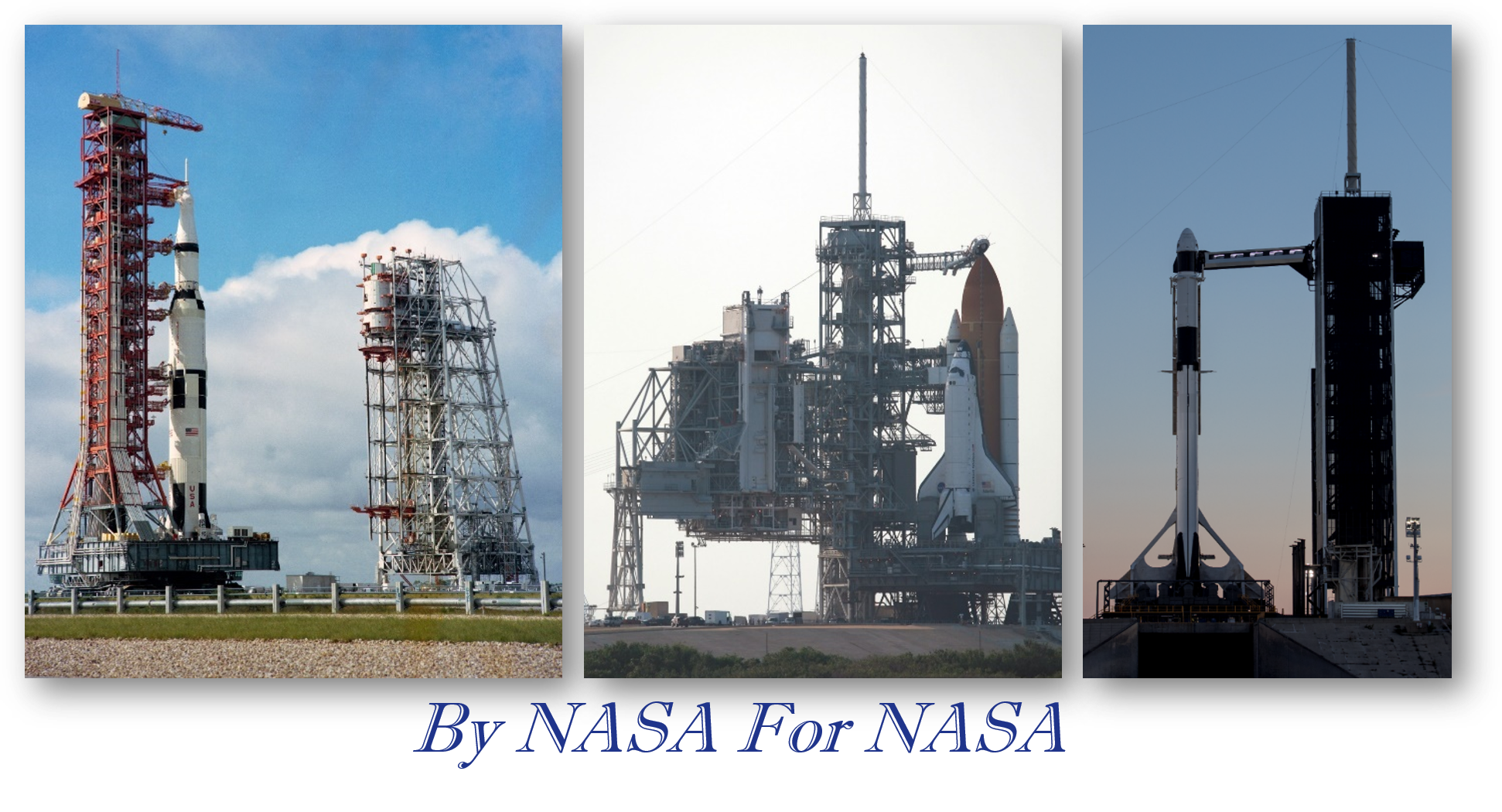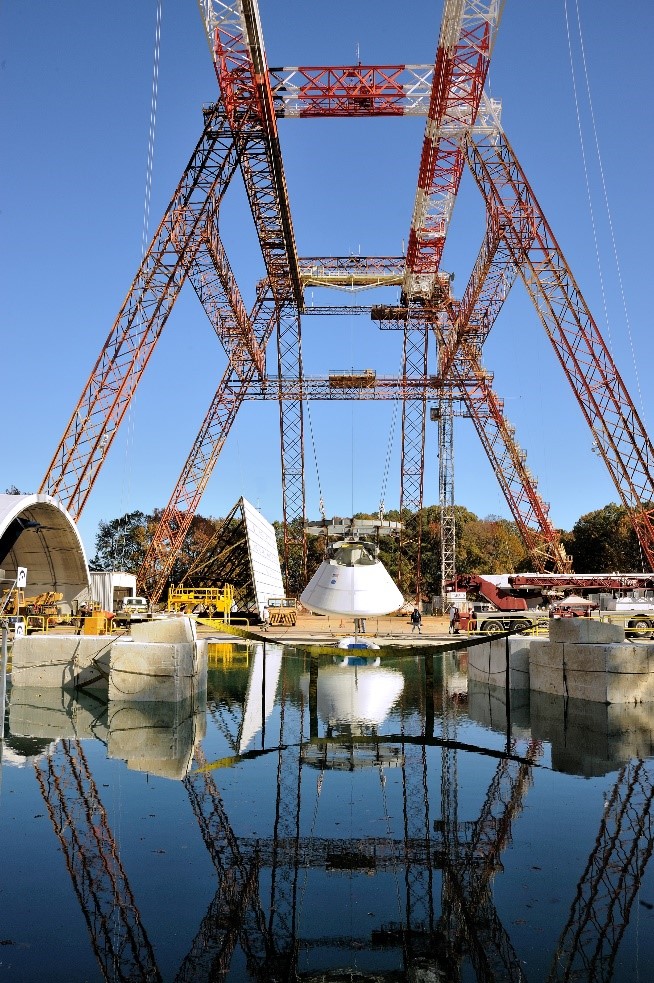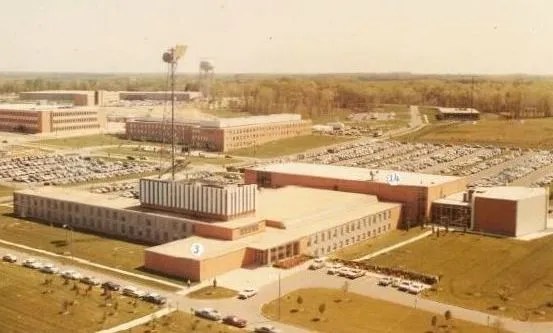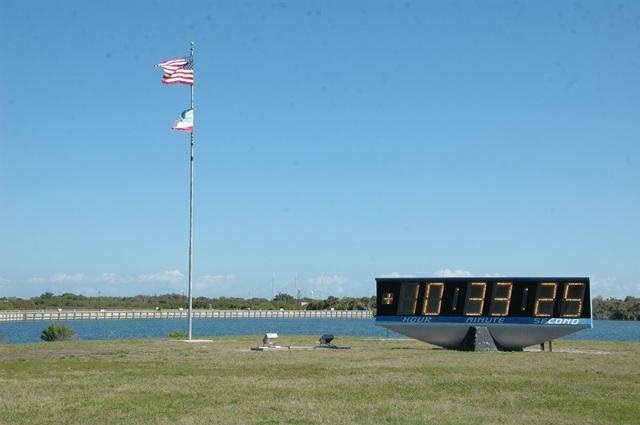About the NPA
NASA’s National Programmatic Agreement (NPA)
Background
NASA is in the process of developing a new Agency Master Plan (AMP), to be finalized in Spring 2023. Prepared by the Facilities and Real Estate Division (FRED) in collaboration with key stakeholders, the AMP focuses on aligning NASA’s real property assets to mission requirements, and will identify properties to sustain, invest, outgrant/repurpose/consolidate, or divest based on that alignment. The program of activities that will result from the implementation of the AMP will affect historic properties as defined by the National Historic Preservation Act of 1966, as amended (NHPA), at NASA Centers nationwide. Section 106 of the NHPA requires that agencies take into the account the effects of their actions on historic properties, including buildings, archaeological sites, and properties of cultural importance to Indian tribes, prior to taking action. As a proactive measure, NASA Environmental Management Division (EMD) is proposing an Nationwide Programmatic Agreement (NPA) for program implementation that will simplify the Section 106 process and focus NASA’s limited financial and staff resources on its most historically significant assets.
Why a PA?
Under standard Section 106 procedures, codified in 36 CFR Part 800, NASA must complete all of the steps of the process for every independent action (or undertaking), consulting with the State Historic Preservation Officer (SHPO) and other consulting parties every step along the way. If the undertaking will result in an adverse effect to a historic property, a Memorandum of Agreement (MOA) must be executed, stipulating specific mitigation measures that will be completed to compensate for the impact. The undertaking cannot proceed until Section 106 is resolved, which can be lengthy and time-consuming, often necessitating the engagement of consultants to complete studies at additional cost to NASA.
A PA is an alternative to standard Section 106 that federal agencies are permitted to use for complex project situations and/or multiple undertakings. NASA proposes to use a PA to ease the compliance burden of individual undertakings associated with NASA asset management by grouping them and specifying up front the process that will be followed to comply with Section 106. This will reduce the calendar days and staff time required to complete Section 106 review for both NASA CRMs and SHPOs, and will allow project managers to more effectively plan the schedule and cost of compliance.
What will the NPA cover?
As proposed, the NPA will apply to all NASA U.S. real property assets not governed by an existing PA. Key elements include:
- “By NASA for NASA”: NASA’s exceptional mission means that at NASA Centers, making history is an ongoing process. And as active state-of-the-art research, development, and testing institutions, NASA Centers must be continually modified as technology advances. The NPA should be based upon the premise that modification of NASA assets for continued NASA use enhances, rather than detracts from, its historical significance.
- Management of built assets based on level of historical significance
- Streamlined procedures for consideration of archaeological resources during ground-disturbing activities
- Pre-defined mitigation for classes of adverse effects
- Programmatic treatment measures documenting change over time at NASA Centers
- Standardized identification and evaluation of historic properties, including those likely to be eligible for listing on the National Register under Criteria Consideration G.
What is “By NASA For NASA”?
“By NASA for NASA” is based on the premise that within the context of highly technical or scientific facilities (HTSF), continual modification is required for an asset to remain in active use, and accordingly a character-defining feature of HTSF. As an example, consider Launch Complex 39A (LC-39A) at Kennedy Space Center, a property individually listed on the National Register of Historic Places (NRHP). LC-39A has been the launch site for Apollo, the Space Shuttle, and now SpaceX’s reusable launch system development. Each program required the historic property to be substantially modified, but far from adversely affecting the asset, each modification enabled a new period of significance.
The same principle applies at NASA Centers, where change over time supports new programs that contribute to their ongoing significance.
Programmatic Mitigation
Among the benefits of a PA is the opportunity to pool mitigation funds that would otherwise be spent on many small-scale measures as determined through individual MOAs at the Centers. NASA is proposing a Center-based documentation project that will present the history and significance of NASA cultural resources in an interactive web-based format easily accessed and understood by the public. A mitigation project of this scale is far beyond what can be achieved through resource-by-resource Section 106 at the Centers.
Consultation with Stakeholders
Section 106 is about transparency and giving the public a seat at the decision-making table with federal agencies. As such, consultation with stakeholders and the public is an essential part of the process that must be fully integrated into a PA. NASA is actively engaged with the Advisory Council on Historic Preservation and the National Conference of State Historic Preservation Officers in the development of the NPA, and will be engaging Native American tribes and additional stakeholders in 2022 at the national, state, and local levels to ensure that the public has ample opportunity to review, consider, and provide input on NASA’s efforts. NASA intends to have the NPA in place and operational by Spring 2023.
NASA will be reaching out to potential consulting parties in coming months, and draft documents will be made available for review on this page. In the meantime, interested members of the public may contact Rebecca Klein, Federal Preservation Officer, for more information on the process and
opportunities to participate.
NASA Point-of-Contact
Rebecca Klein, Ph.D., RPA
Federal Preservation Officer
Mary W. Jackson NASA Headquarters
300 E St SW
Washington, DC 20546
Office: 202.358.0082
































